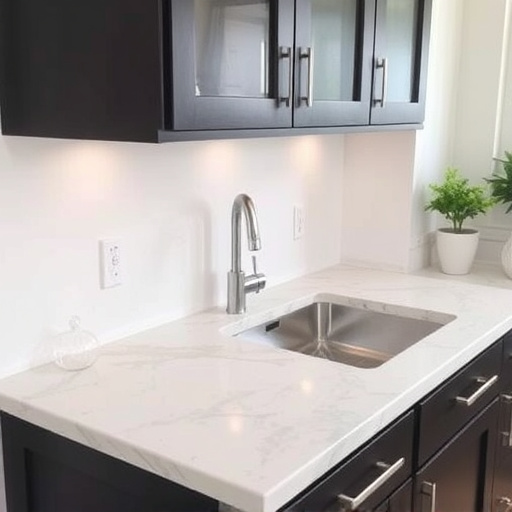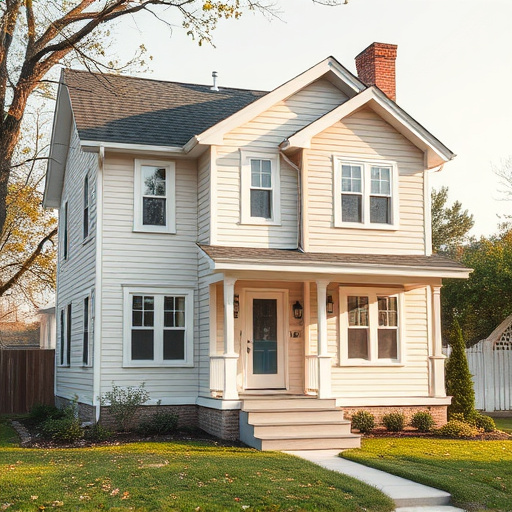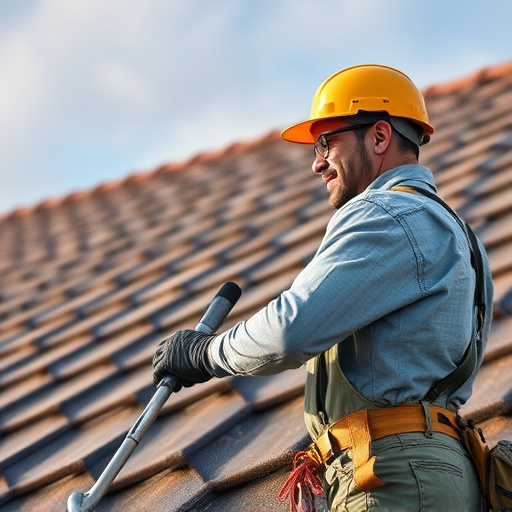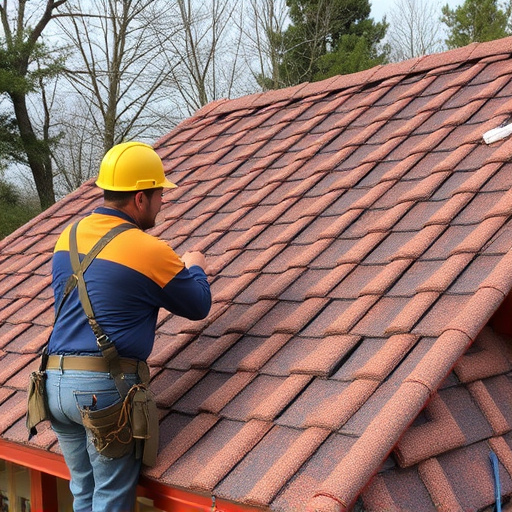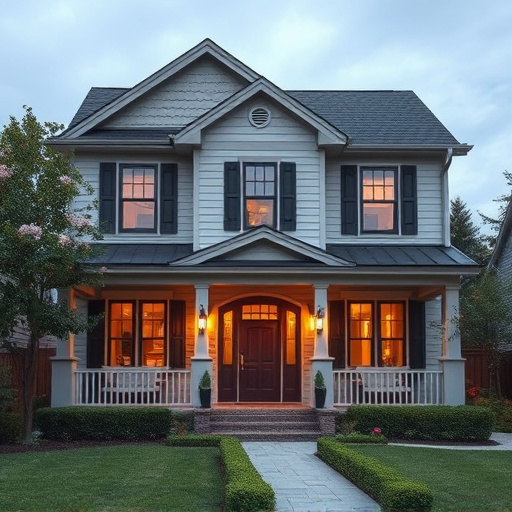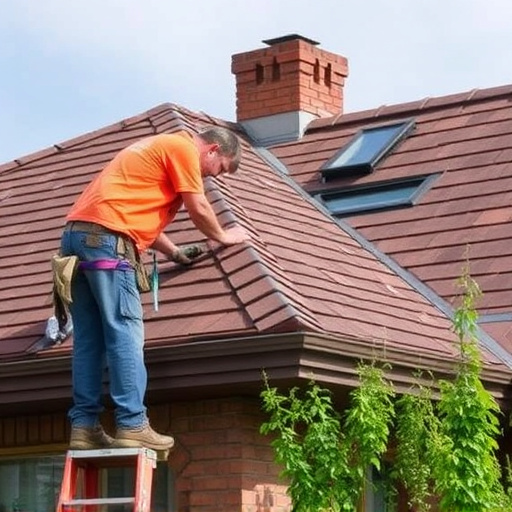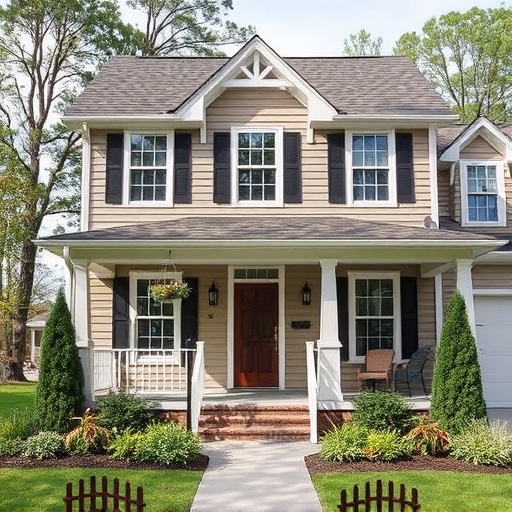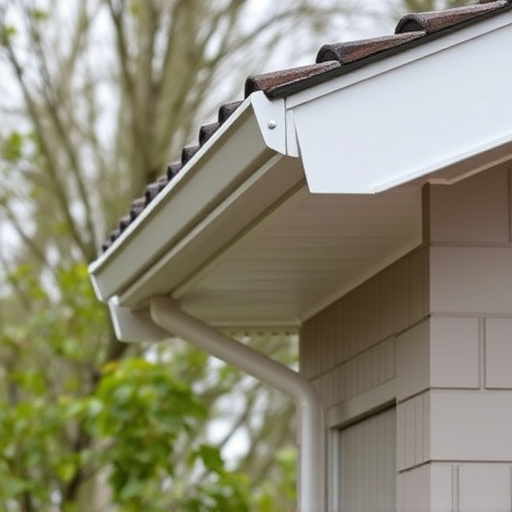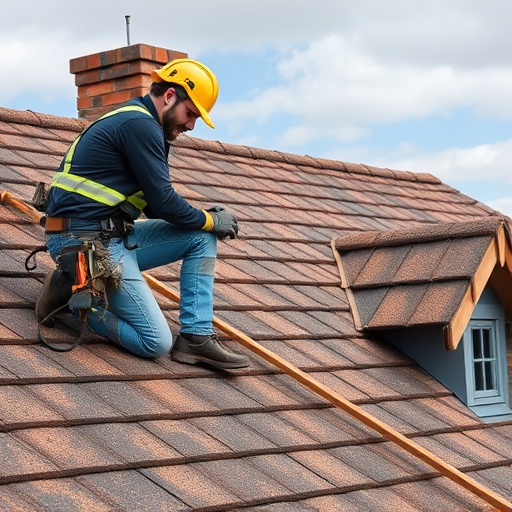Noise transmission through walls is a complex issue influenced by construction materials and design. Older buildings with gaps and cracks in framing and siding are particularly susceptible. Upgrading to modern siding like high-density fibre cement or insulated vinyl significantly reduces noise infiltration. Proper installation techniques enhance soundproofing, increasing occupant comfort and property value. This is especially beneficial for storm damage repair, creating a quieter, more peaceful indoor environment. Choosing materials like fiber cement, vinyl, or metal offers unique acoustic benefits, transforming living spaces into tranquil environments.
Siding upgrades aren’t just about aesthetic appeal; they offer a powerful solution to combat indoor noise pollution. Understanding how sound travels through walls is key, revealing that proper siding can significantly reduce noise transmission. This article delves into the science behind it, exploring the role of siding in soundproofing your home and guiding you through effective material choices for enhanced indoor insulation. A siding upgrade isn’t just an improvement; it’s a quieter, more peaceful living space.
- Understanding Noise Transmission Through Walls
- The Role of Siding in Soundproofing Your Home
- Material Choices for Effective Indoor Insulation
Understanding Noise Transmission Through Walls
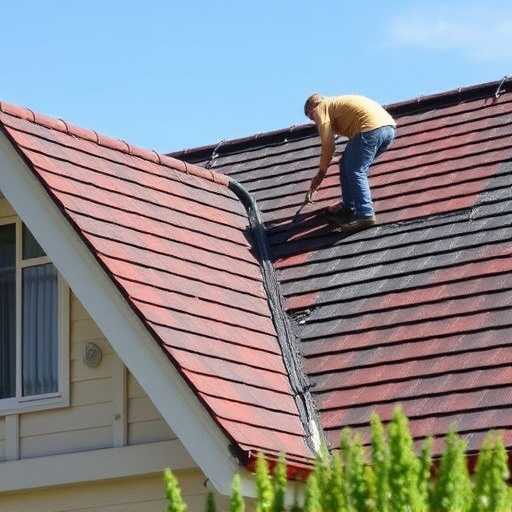
Noise transmission through walls is a complex process that depends on various factors such as the type of construction materials, assembly methods, and the overall design of the building. In many cases, walls act as sound bridges, allowing acoustic waves to travel from the exterior to the interior spaces. This is particularly pronounced in older buildings with traditional framing and solid-wood siding, where gaps and cracks can easily conduct sound. A siding upgrade, therefore, becomes a strategic step towards enhancing noise insulation indoors.
By replacing outdated or damaged siding with modern alternatives, such as high-density fibre cement or insulated vinyl, homeowners can significantly reduce the path for sound to follow. These materials are designed to minimize air infiltration and block out noise more effectively than their conventional counterparts. Moreover, proper installation methods, including sealing joints and using sound-dampening tapes, further bolster the insulation properties of the new siding, ensuring a quieter interior environment. This not only improves the overall comfort of occupants but also adds value to the property, as a tranquil living space is increasingly sought after in today’s fast-paced world—a benefit that can be particularly significant for those dealing with storm damage repair and looking to restore their homes to optimal condition, including enhanced noise insulation, through roofing services.
The Role of Siding in Soundproofing Your Home
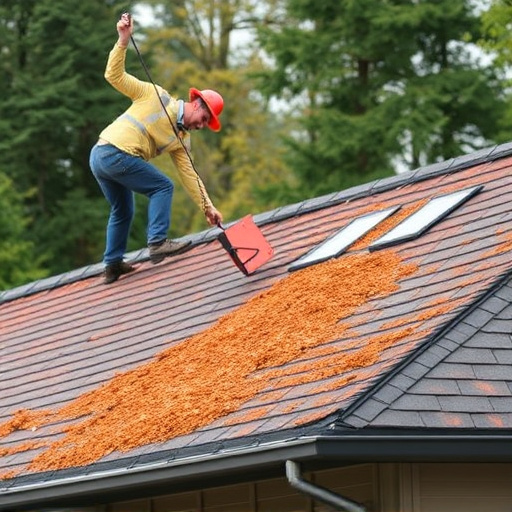
Siding, often an afterthought when considering home improvement projects, plays a significant role in soundproofing your living space. Beyond its aesthetic appeal, modern siding materials are designed to offer superior noise insulation, enhancing indoor comfort. When you invest in a siding upgrade, you’re not just enhancing the exterior look of your property; you’re also creating a calmer, more peaceful environment inside.
Effective soundproofing requires a comprehensive approach, and siding installation is a crucial component. It acts as a barrier against external noises, such as traffic, neighboring construction, or even loud weather conditions. By choosing high-quality siding materials like insulated vinyl or fiber cement, you can significantly reduce the amount of exterior noise that infiltrates your residential roofing. Additionally, proper siding and gutters installation ensures that air pockets are minimized, further contributing to improved sound insulation, making your home a quieter and more serene retreat.
Material Choices for Effective Indoor Insulation
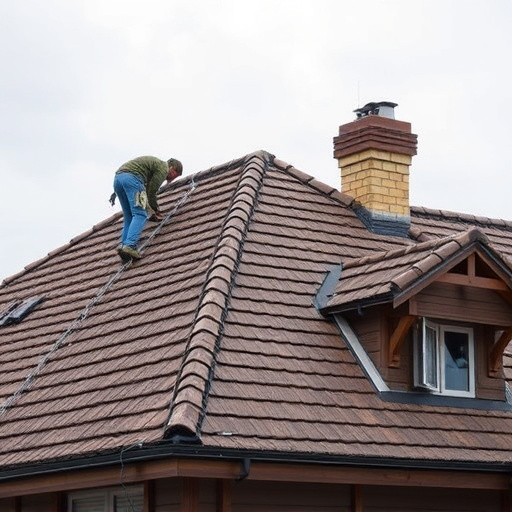
When it comes to improving noise insulation indoors, the choice of materials plays a pivotal role. Effective soundproofing requires a strategic approach that starts with selecting the right siding materials for your upgrade. Today’s market offers an array of options designed to reduce exterior noise levels and create a calmer indoor environment.
From fiber cement to vinyl and even metal, each material possesses unique acoustic properties. For instance, fiber cement siding is renowned for its durability and ability to absorb sound, making it an excellent choice for homeowners seeking both aesthetic appeal and enhanced tranquility. On the other hand, vinyl siding excels in blocking noise transmission due to its smooth surface and flexibility, while metal siding provides superior insulation by virtue of its dense composition and air-tight seal. Choosing the right siding upgrade from these or similar options can significantly contribute to enhancing your home’s exterior while transforming your indoor space into a quieter, more peaceful haven, ultimately providing homeowners with valuable home exterior services and improved quality of life.
A siding upgrade isn’t just about enhancing your home’s curb appeal; it significantly contributes to better noise insulation indoors. By understanding how noise travels through walls and selecting suitable siding materials, you can create a quieter, more peaceful living environment. This investment in a siding upgrade not only improves soundproofing but also increases your home’s overall value and comfort.

